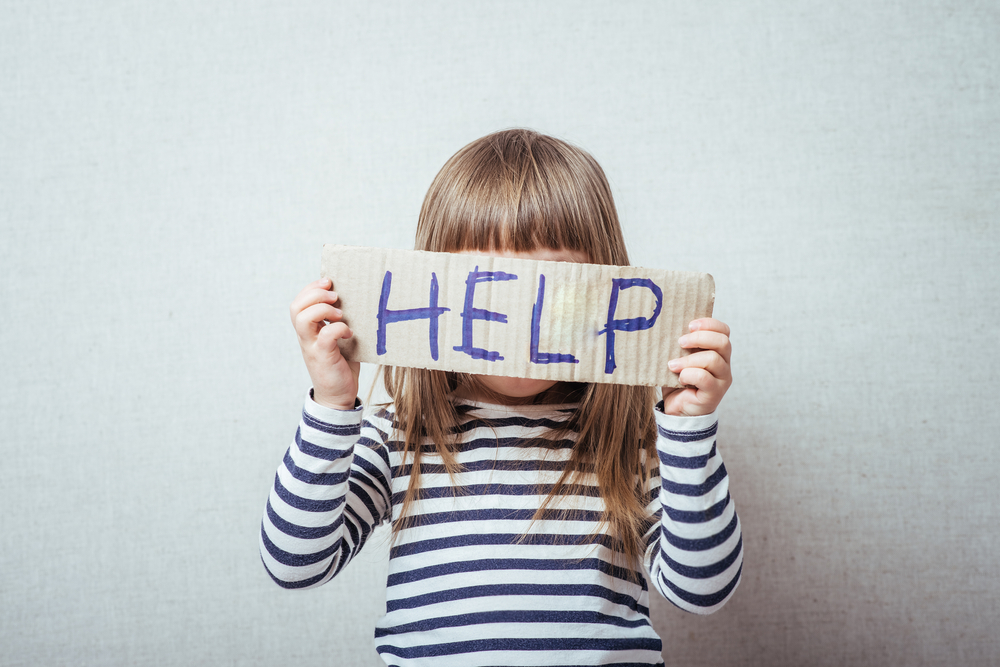Spotting PTSD in your Child
QUICK! What does PTSD look like?
Did you suddenly conjure up an image of a soldier returning from war, struggling with the aftermath of combat? If you answered yes, it’s thanks to the awareness our community has been able to raise about the physical and emotional suffering of our veterans. Incredible! This awareness has allowed our helping fields to produce more research on post-traumatic stress disorder which, in turn, created methods of treatment to serve our military population. Importantly, this research has also helped along the realization that PTSD doesn’t have just one face to it. It can look like a coast-side community dealing with the wreckage of a tsunami or hurricane, a mother just suffering a problematic childbirth, or less obvious, a child just 2 years old suffering in the wake of his father’s sudden death.
Danger is present all around us. When our children are young, we attempt baby-proofing every furniture corner and outlet to prevent injury. When our children grow older, we guide them on how to interact with their world and how to avoid unsafe people, places, and situations. Sometimes, though, terrible things do happen. Children may experience trauma by way of a car accident, being attacked by an animal, a natural disaster, a home fire, witnessing domestic violence, or abuse.
For most children, PTSD symptoms go away on their own after a few months following a traumatic experience. However, some children show symptoms for years if they do not get treatment. When symptoms do endure, PTSD often goes unrecognized by caregivers, and so familiarizing ourselves with the signs of PTSD in children is important. Symptoms may include:
What treatments are available?
What can you do to help your child?
